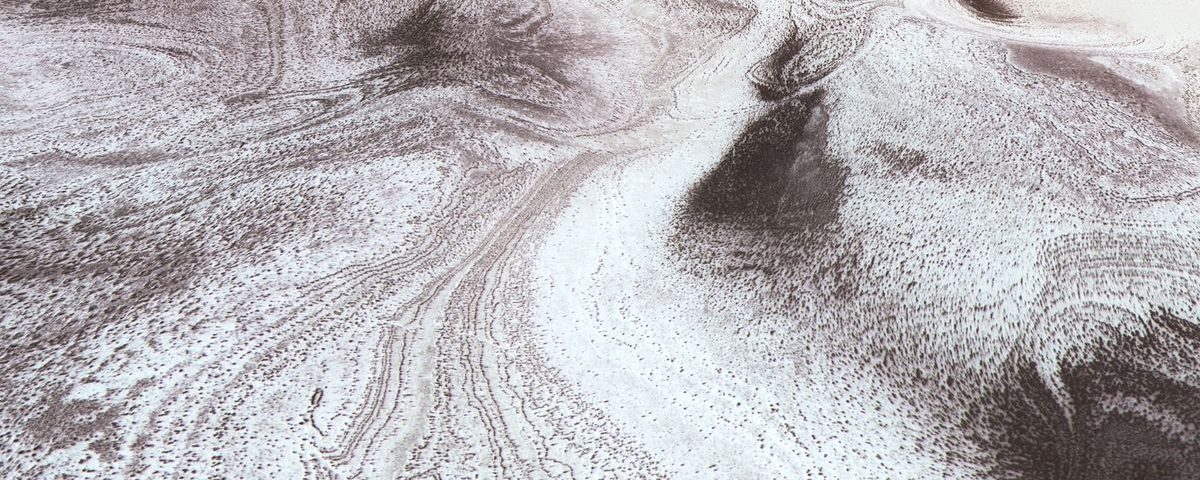Mars orbiters witness a ‘winter wonderland’ on the Red Planet (photos)
Mars orbiters witness a ‘winter wonderland’ on the Red Planet (photos)
Snow dots the Martian landscape in these images from ESA’s Mars Express orbiter and NASA’s Mars Reconnaissance Orbiter.
Full Article
Snow dots the Martian landscape in these images from ESA’s Mars Express orbiter and NASA’s Mars Reconnaissance Orbiter.
When you purchase through links on our site, we may earn an affiliate commission. Here’s how it works.
Hoping for a white Christmas this year? Well, even if there’s no snow where you live, at least you can enjoy these images of a “winter” wonderland on Mars. Taken by the German-built High Resolution Stereo Camera (HRSC) on the European Space Agency’s (ESA) Mars Express orbiter in June 2022, and by NASA’s NASA’s Mars Reconnaissance Orbiter using its High-Resolution Imaging Science Experiment (HiRISE) camera on September 2022, these images showcase what appears to be a snowy landscape in the Australe Scopuli region of Mars, near the planet’s south pole. But the “snow” seen here is quite different from what we have on Earth. In fact, it’s carbon dioxide ice, and at Mars’ south pole, there’s 26-foot-thick (8-meter-thick) layer of it year-round. (These image was actually taken near the summer solstice, not the winter one — it’s very cold here all year long.) So why does it look like there’s just a dusting of “snow” in this images? Those darker areas are layers of dust that have fallen on top of the ice. The dust is typically found deep beneath the ice, but a seasonal process brings some of it to the surface. NASA’s Mars Reconnaissance Orbiter also saw winter frost lining the sides of dunes on Mars. This frost can prevent erosion, NASA writes, keeping the dust that makes up the dunes in place until the thawing season in spring. As sunlight warms the carbon dioxide ice on Mars’ south pole in the summer, the ice begins to sublimate, or turn directly from a solid into vapor. As it does so, pockets of trapped gas form within the ice. Breaking space news, the latest updates on rocket launches, skywatching events and more! — NASA space telescopes give Christmas Tree Cluster a festive makeover (photos)— This Christmas Eve, humans will try to embrace a star — 10 Christmas space facts to get you into the festive spirit Eventually, the pressure builds enough to create a little gas eruption, which is powerful enough to shoot the dark dust found beneath the ice into the air. As the dust falls back to the surface, the wind carries it into these swirling patterns. (Side note: a similar process creates the spider-like features found on the Martian surface.) So what looks like a beautiful pastoral winter scene in these Mars Express images is actually a dynamic summer scene, where gas jets spew dust across the surface. Hey, at least it’s still cold outside — just a casual -193°F (-125°C). Join our Space Forums to keep talking space on the latest missions, night sky and more! And if you have a news tip, correction or comment, let us know at: community@space.com. Brett is curious about emerging aerospace technologies, alternative launch concepts, military space developments and uncrewed aircraft systems. Brett’s work has appeared on Scientific American, The War Zone, Popular Science, the History Channel, Science Discovery and more. Brett has English degrees from Clemson University and the University of North Carolina at Charlotte. In his free time, Brett enjoys skywatching throughout the dark skies of the Appalachian mountains. NASA Mars probe spies dusty, retired Insight lander from orbit (photo) Human artifacts abandoned on Mars should be cataloged to track our migration beyond Earth Christmas solar flares erupt from the sun. Will they trigger aurora ‘fireworks’ as we close out 2024? Space is part of Future US Inc, an international media group and leading digital publisher. Visit our corporate site. ©
Future US, Inc. Full 7th Floor, 130 West 42nd Street,
New York,
NY 10036.


